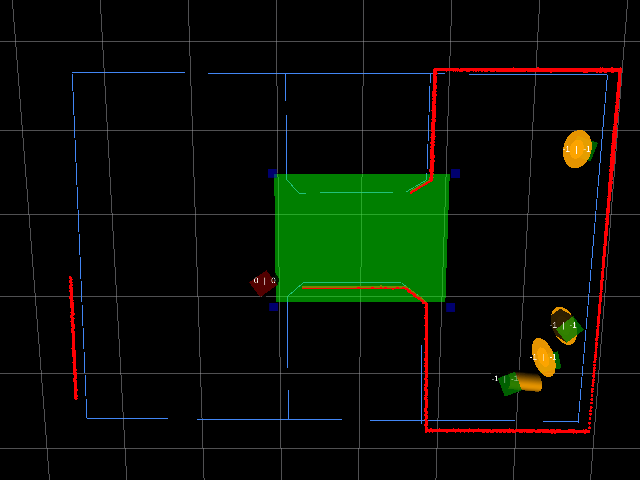If you use this code, please cite the following
@article{sprague2023socialgym,
title={SOCIALGYM 2.0: Simulator for Multi-Agent Social Robot Navigation in Shared Human Spaces},
author={Sprague, Zayne and Chandra, Rohan and Holtz, Jarrett and Biswas, Joydeep},
journal={arXiv preprint arXiv:2303.05584},
year={2023}}
@inproceedings{holtz2022socialgym,
title={Socialgym: A framework for benchmarking social robot navigation},
author={Holtz, Jarrett and Biswas, Joydeep},
booktitle={2022 IEEE/RSJ International Conference on Intelligent Robots and Systems (IROS)},
pages={11246--11252},
year={2022},
organization={IEEE}
}
